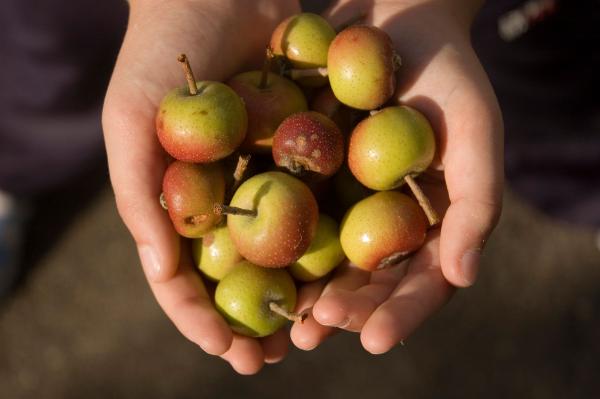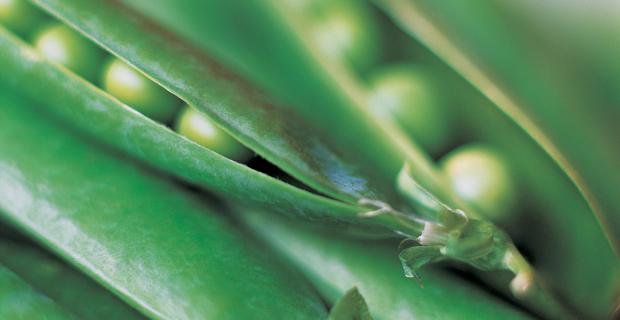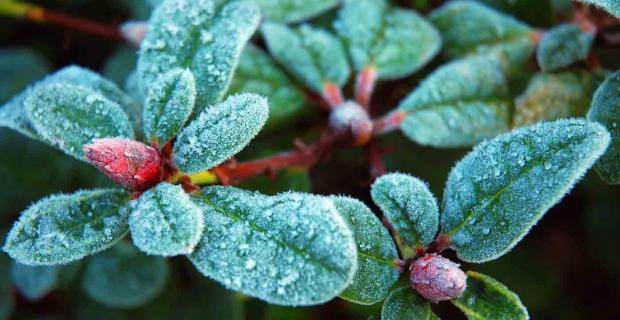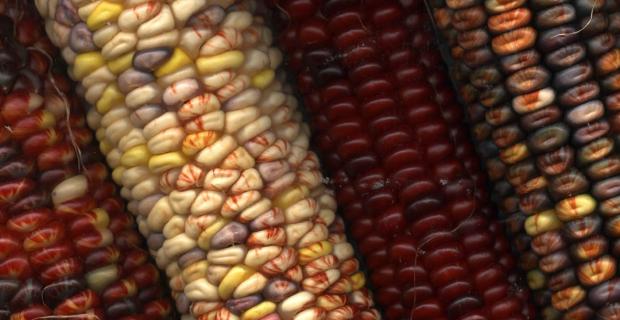Wild and Slow: Nourished by Tradition

It has been apparent for well over a decade that when indigenous peoples shift from their traditional diet to a ''modern,'' highly refined, carbohydrate diet, they become exposed to a range of degenerative diseases.
The most pervasive is diabetes mellitus.
This disease is epidemic among all indigenous peoples in North America (and many other parts of the world) and seems especially destructive among desert populations. A population that is introduced to a radical food — a food that either does not appear in nature or is probably not intended for human consumption — can require long periods of exposure before becoming physically adapted to it. No one knows for certain how long this might take, but it is clear, from the current health profiles of native populations, that not enough time has passed to render these foods safe for indigenous consumption.
In Mexico, some 3.8 million people suffer from the direct and related effects of diabetes. This is also true throughout indigenous America, where a range of groups such as Native Seeds/SEARCH's Desert Foods for Diabetes and Tohono O'odham Community Action in Arizona, has been mobilized to promote a new message of nutrition education among native peoples.
The ''cure'' for the malady, it turns out, has been with them all along. It lies in their own traditional foods that include, for desert people, such traditional favorites as cacti and prickly pear, and an impressive list of foods gathered from the desert.
Diabetes is so prevalent in some communities that up to 65 percent of the adult population have been diagnosed with it. Given that a pathway to health is known, as represented by a return to traditional, nutrient-dense foods, one might expect it would be easy to make changes that could reverse the unhealthy trend. But the problem can be daunting. One of the most powerful traditional garden foods, tepary beans, is known to provide dramatic positive results. People who include such high-fiber beans have been known to reverse their disease symptoms. But knowing what to do isn't the same as being able to do it. Young people, raised on a diet of fast-food restaurants, complain they don't like tepary (or any other) beans.
This situation is at the crux of behavioral science. What causes people to change their food habits? No one knows, but one thing is certain: attitudes and behaviors toward food are formed early in life, and it's not easy to change people's eating patterns once they are formed. The list of health issues related to diabetes is daunting: circulatory ailments, stroke, kidney failure, obesity, and so forth. The preferred lifestyle changes that would help reverse the trends are predictable: traditional foods, increased exercise, and avoidance of harmful foods and habits.
Traditional foods have qualities that are somewhat rare in a contemporary grocery store. All foods that are gathered from the natural world, such as cacti and wild berries, are what have been designated ''slow foods.'' They are wild foods that have not been cultivated. Cultivated foods rely on human activity to protect them from enemies such as weeds and even drought. They reward the agriculturalist with high yields, but they differ nutritionally and otherwise from their wild relatives.
One way in which cultivated foods are different is that they are generally easier to digest and to cook. As a rule, the more a plant is hybridized, and the more its fruit is refined by machinery or chemistry, the more rapidly its carbohydrates are likely to be absorbed in the bloodstream. For people who are in a hurry, foods that speed up the digestive process seem to be a good thing. But for native and indigenous peoples and others who are sensitive to rapidly absorbed carbohydrates, these foods produce a higher level of blood sugar than do the wild foods, leading to increased risk for diet-related diseases.
Some indigenous peoples have survived on the wild foods growing in their homelands for centuries. Those foods once saved them from hunger. Today, they can help save them from degenerative diseases.
I once heard that culture is what one does without thinking about it. This was mentioned in regard to the foods people eat, as well as the customs they follow. There was a time when Indian people didn't need to think about what they needed to do. It was a given that people would get enough exercise because there wasn't much choice. There were no cars and, in most cases, few horses, so unless one was going to just lie around, one had to walk. And since food stamps or hunger relief programs were unknown, people who wanted to eat had to do something: hunt, fish, garden — all good exercise.
A healthy diet was fairly easy to come by, as well. Indeed, there were few alternatives to healthy foods. If you wanted to eat junk food, you were out of luck.
In the contemporary world, doing things without thinking about them is not working out. This is true for all people, because the same issues are impacting all populations worldwide. We are seeing an unprecedented growth of the same kinds of diet-related diseases, even among affluent suburban populations. The antidote may require some organizing.
The first step is nutrition education, but simply telling people about the problem is not enough. Something like a mini cultural revolution needs to happen in order to change behaviors. People who are motivated to change are going to need to find alternatives to unhealthy diets and lifestyles. They will need to support one another, share ideas and, in this case, recipes.
They need to share experiences about which available foods are ''slow foods'' or act on the metabolism as slow foods do. Many of these highly nutritious foods are found in the fresh fruits and vegetables section, but people can't live on fruits and vegetables alone. They want and need variety — treats and comforts foods — with all the dangers that modern, cultivated foods represent.
It would help if people could organize themselves into support groups to help each other. This is actually consistent with the ''societies'' indigenous cultures often created of people who were committed to helping one another. In this case, the help might come in the form of shared recipes and information about how some foods are beneficial and others are dangerous. Regular meetings could offer information about the traditional culture, and provide information about sourcing traditional slow foods. There might even be a way to share foods, recipes, and success stories.
Such a movement should appeal to, be open to, and focused on, children and young adults, as well as the general public. Every day in public schools, a new message could be served along with new meals made from highly nutritious slow foods. The message is that exercise is important, food is important; self-esteem and a long list of other healthy things are important; and sharing a path toward healing is the most important of all. The ancient Indians knew that, and contemporary Indians need to learn it and practice it. There can be a way to cultural as well as physical health.




